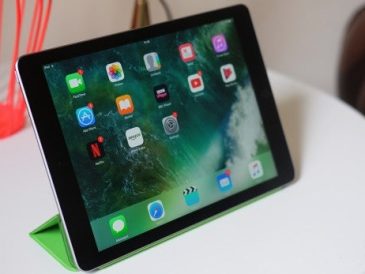Are you planning a dinner party? Polished cutlery is the finishing touch to a beautiful table setting. On special occasions, you will want to take your silver cutlery out of the drawer. However, if the cutlery has been gathering dust in the drawer for a while, you will need to clean it. Silver cutlery will turn black and dull over time. In addition to silver, cutlery can also be silver plated or stainless steel. These too can be cleaned and will shine on a glamorous table.
How To Tell if It’s Real Silver Cutlery?
Have you ever inherited a piece of silver cutlery from your grandmother? Lucky you! Real silver cutlery is a true gem on the dining table. But how do you know if it is real silver? You can tell by the markings on the silver. For solid silver cutlery, the numbers are 800 and above (800, 835, 900, 925), and for plated cutlery, the numbers are lower (80, 90, 100, 119, 150).
Cleaning and polishing silver cutlery is a meticulous job. There are many specific products on the market for cleaning and polishing silver, but these products can be expensive, harmful to the environment, or simply not suitable for silver. That’s why it’s better to rely on the natural materials you have at home. Here are some of our favorite ways!
Lemon
Lemon is an excellent remover of unpleasant odors and is ideal for cleaning ovens, silver jewelry, and cutlery. Take a handful of lemon juice and pour it directly on the item you want to clean, then wipe with a cotton cloth. Dip a toothbrush in the lemon juice and gently scrub the hard-to-reach corners or crevices. Gradually you will see a green color, which is an attempt to remove the oxidized parts. When satisfied with the result, rinse under running water and wipe with a clean, dry cloth.
Beer
Beer, like coke, is very effective in cleaning oxidized silverware. Fill a bowl (or rather, a mug) with beer, and let the silverware sit overnight. Rinse with water and wipe with a dry cloth the next day.
Cigarette Ashes, Wood Ashes
As weird as it may sound, ashes are the solution to the oxidization of silverware. Before starting the work:
Sift the ash to remove small wood fragments or other unwanted material.
Add a small amount of water to soften it considerably and use it to scrub the affected areas. You can also use a cotton swab with a bit of lemon juice added to the ash solution.
Rinse and dry thoroughly.
Salt
We’ll use an actual chemical reaction to clean the silver this time. First, prepare a container and cover it with aluminum foil. Boil water, sprinkle coarse salt (1 teaspoon per liter of water) on the inside of the container, place the object to be cleaned in it, and then pour boiling water over it.
The salt will dissolve, causing what is known as electrolysis to occur. The silver reacts with the saltwater, and the oxides (the black color on the cutlery) are removed.

Baking Soda
Of course, there is no reason why these remedies should not include our beloved bicarbonate of soda. You can use it in the same way as before, in place of salt, or you can use a soft cloth or toothbrush to make a fairly constant mixture to scrub your cutlery and jewelry with. Let it sit for a few hours and rinse well at the end.
Toothpaste
Toothpaste can be used not only to clean your teeth but also for small measures at home, such as cleaning silverware and jewelry. Use a cloth, toothbrush, or even your fingers to cover the silver object completely. Rub gently, and you will see the black or green color from oxidation gradually disappear.
How about you? How do you take care of your jewelry and silverware? Share your tips with us in the comments below!





